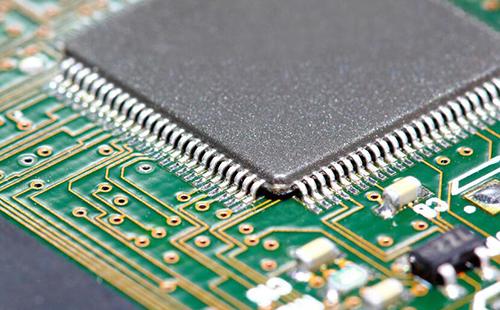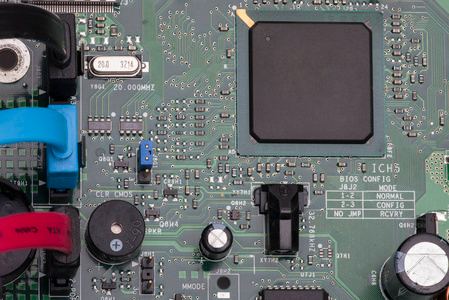
In fact, under the influence of the epidemic, international geopolitical conflicts, China-Us trade frictions and other factors, there has been a gradual consensus on ensuring supply chain security, which further catalyzed the diversion, migration, fluctuation and adjustment of the international electronic industrial chain.
Tracing the driving force behind industrial changes and following customers and markets has become the most critical factor for the relocation of the electronics industry. Many large factories will set up factories in different countries according to different customer needs. Therefore, it is not uncommon to see cases of overseas layout of enterprises in recent years.

Shen Qingfang, chairman of Pengding Holdings, the world's leading PCB company, previously pointed out that the company's global layout is customer-centric, and follow customers for localized production. In India, for example, factories are set up to facilitate customer demand. The net reporter learned that the Indian park of Pengding Holdings is mainly engaged in the post assembly, the important production base is still in China. Overall, China's position as the world's largest PCB manufacturing base will not be so easily shaken.
In terms of output value, since 2006, China has surpassed Japan and become the world's largest PCB producer, with both output and output value ranking first in the world. Since 2017, China has produced about half of the world's PCB production capacity. Domestically, in 2021, the output value of PCB in mainland China reached $44.2 billion, with a year-on-year growth of 25.93%, accounting for 54.64% of the global total, and the proportion of PCB in mainland China continued to increase. Prismark forecasts that the Chinese mainland will continue to maintain its position as a global manufacturing center in 2022, and the output value of PCB market will reach about 54.605 billion U.S. dollars in 2026, showing broad prospects for PCB industry development in China.
In addition, Chinese mainland still has labor cost advantage, and compared with other developing countries, it has obvious advantage in infrastructure, supporting industrial chain and so on. After more than 20 years of rapid development, it has formed the Pearl River Delta, Yangtze River Delta, Bohai Rim and other mature PCB industrial clusters. This is very important for PCB enterprises that intend to invest in production expansion.
Another key factor cannot be ignored. China is a big manufacturing country. We emphasize that the manufacturing industry is the foundation of the country and the foundation of a strong country. In recent years, China has been the first country to resume production in the outbreak of global public events, showing strong supply chain resilience. Moreover, our land is strong with many people, domestic politics is stable for a long time, and national strength is strong; Coupled with the strong support of the PCB industry on the relevant policies, PCB enterprises are very suitable to take root and sprout here.
Shen Qingfang, chairman of Pengding Holdings, said recently that PCB board has many manufacturing processes, because of the particularity of the production process, the choice of location is very important. He believes that the government efficiency and infrastructure in mainland China are the best, and the business environment is very friendly, so investing in the PCB industry in mainland China is the best choice. Although the current trade friction between China and the United States is still not over, but in the long term, China is the best market, Pengding Holdings will continue to firmly implement the business strategy rooted in the mainland, to develop high level.

Can Southeast Asia become the "main battlefield" for global PCB manufacturers
Undeniably, in the past two years PCB enterprises to Southeast Asia investment news is more frequent than before.
But can Southeast Asia now become the "main battleground" for global PCB manufacturers?
First, the economic size of Southeast Asian countries is relatively small; The ability of scientific and technological innovation is not strong, can only passively undertake part of the supply chain of developed economies, rather than leading the industrial chain; There is still a small amount of capital, development mainly depends on external investment; Inadequate infrastructure and inadequate protection for foreign investment.
In addition, the economic development of Southeast Asia is still faced with some complex factors. For example, Thailand, a popular investment choice for PCB industry, has a fatal disadvantage: in the past decade, Thailand has experienced domestic political turmoil, unstable regime, constant power struggle among various political forces, and street protests one after another... These factors are not conducive to the sound development of PCB industry.
In addition, in the past two years, a lot of domestic orders have flowed into Southeast Asia due to COVID-19, but they also face the impact of COVID-19, Russia-Ukraine crisis, high inflation, energy and food market turbulence, climate change and other factors. The internal development of some ASEAN countries also involves domestic reform, governance and politics and other core factors. In contrast, China's manufacturing supply chain is more resilient and competitive.






